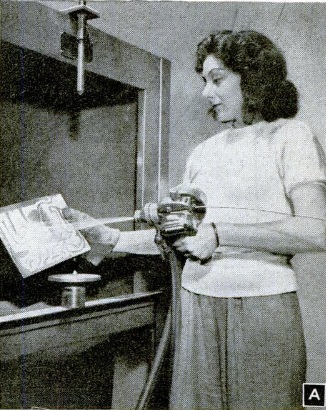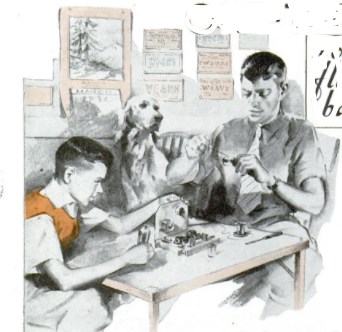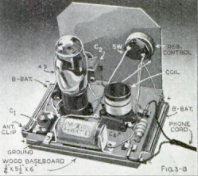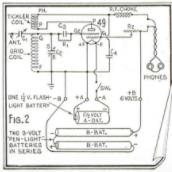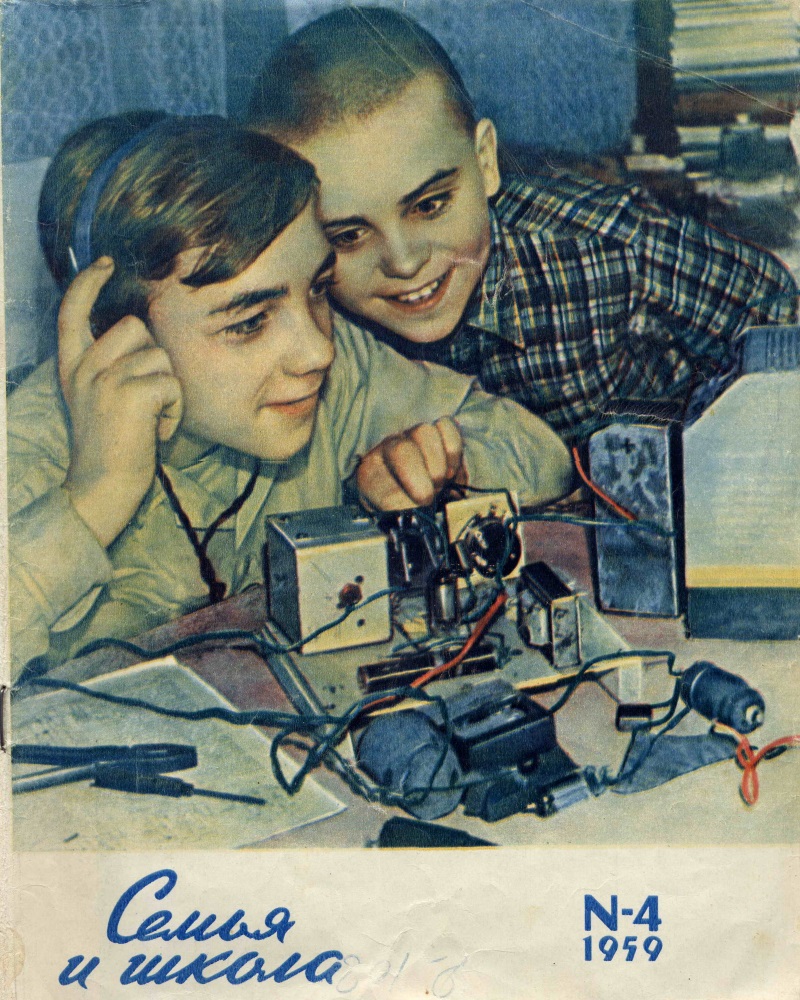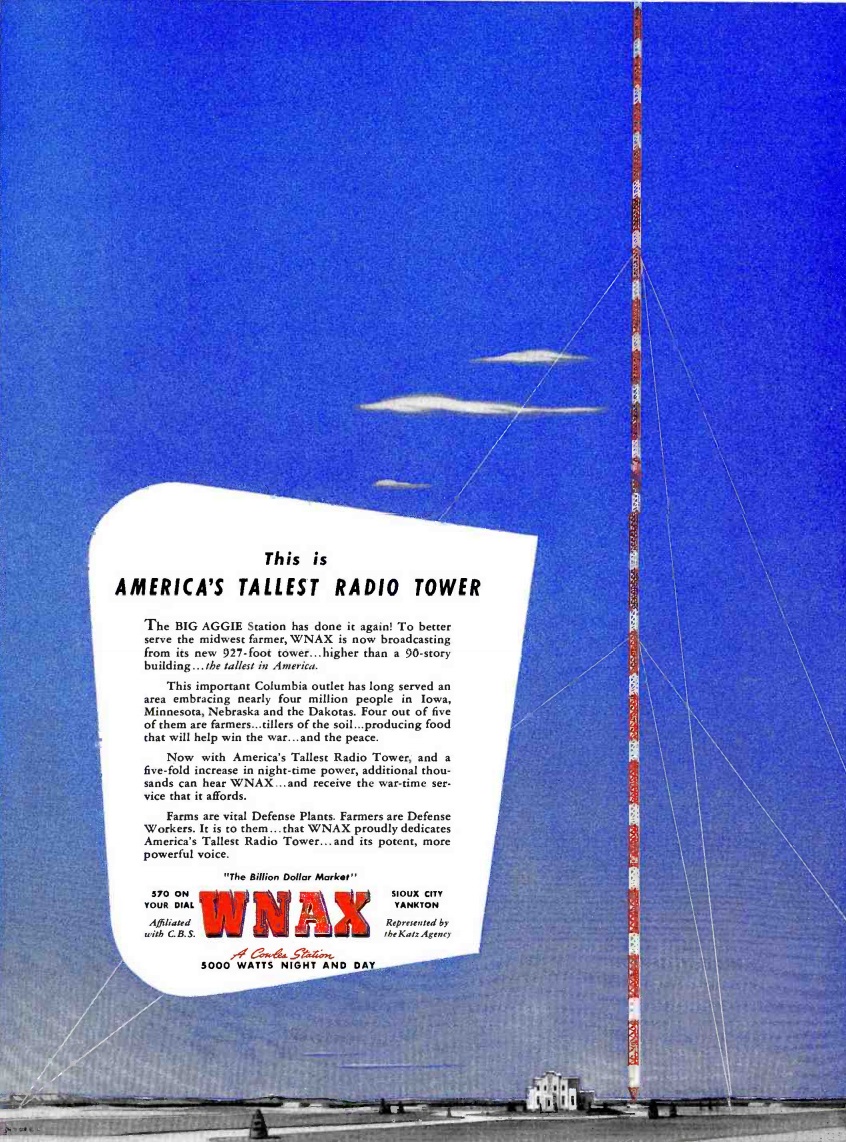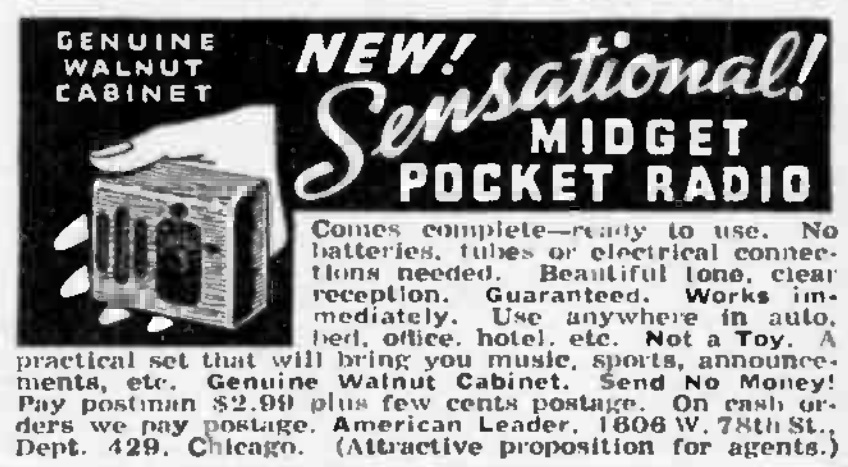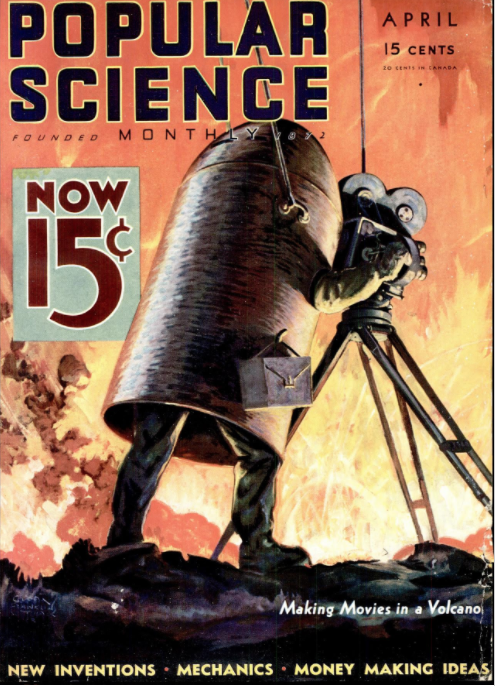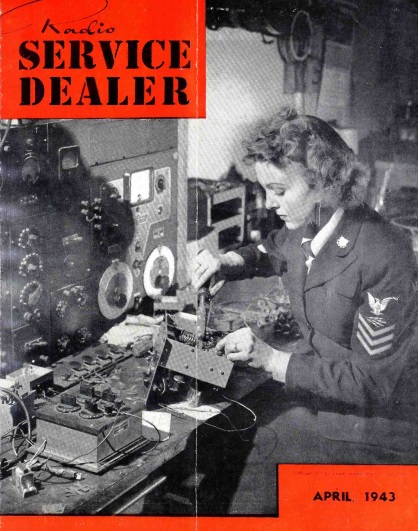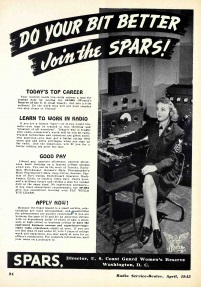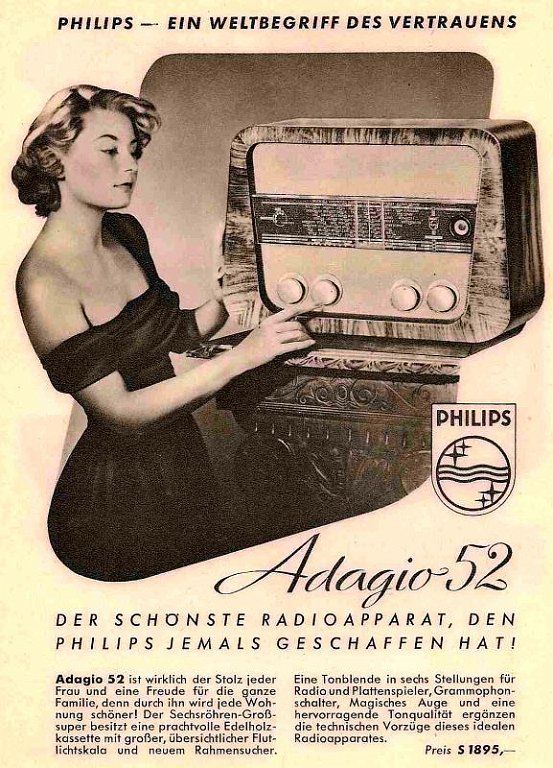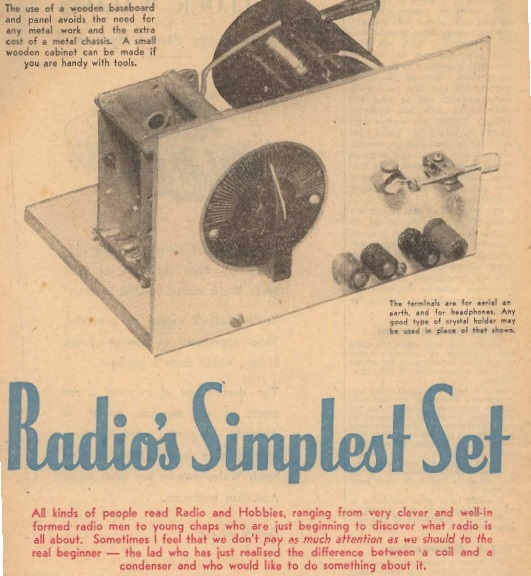
Seventy years ago this month, the April 1948 issue of the Australian magazine Radio and Hobbies showed how to make this simple crystal set, dubbed the “Crystal King.”
The author noted that the magazine’s readership including a lot of “young chaps who are just beginning to discover what radio is all about,” and that he remembered the first radio he ever built, and that the questions and problems he came up against, while silly in retrospect, seemed very important at the time. Accordingly, the article goes into sometimes excruciating detail as to such minutiae as what kind of wire to buy.
The set was neatly built on a wooden basebaord with a shellacked front panel. It was said to be able to pull in stations within about 10-15 miles. Occasionally, more distant signals could be heard, but “everything must be on your side if such reception is to be certain.”
The main advantage of the crystal set was that it needed no battery and thus no operating costs. However, “if you are a young lad who has built this set just for experiment and your Dad already has a license for a set you won’t need to pay for another one. Only if you intend to keep it built up as a permanent installation is another license required for it.”
I wonder how many young Australians built the set as a permanent installation, which presumably required a license.
The circuit is quite basic, with the coil tapped on both the antenna and detector side, with a vairable condenser for tuning. The crystal is mounted on the front panel, and the article notes that other types of crystal holders can be employed.


